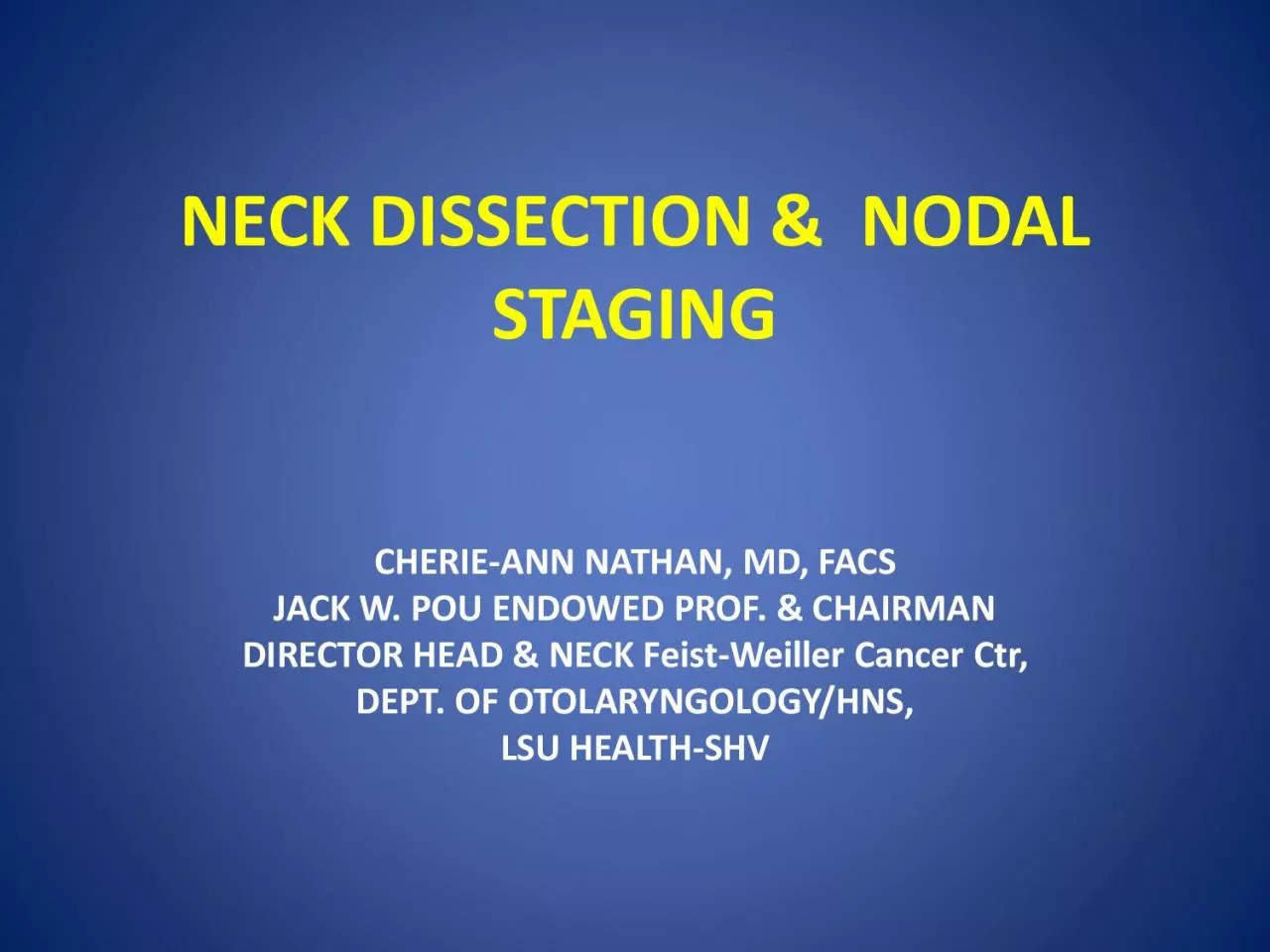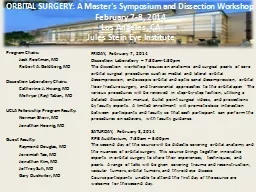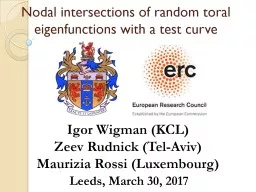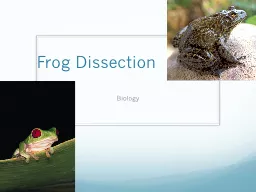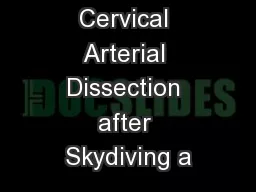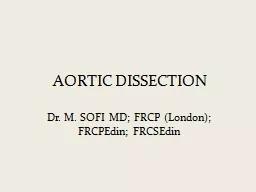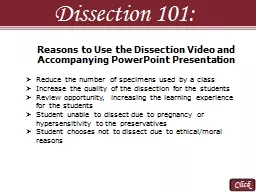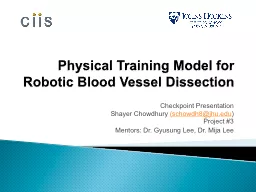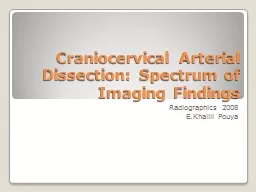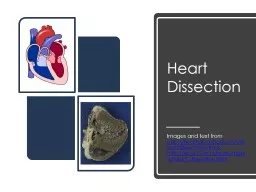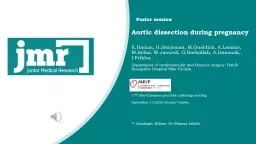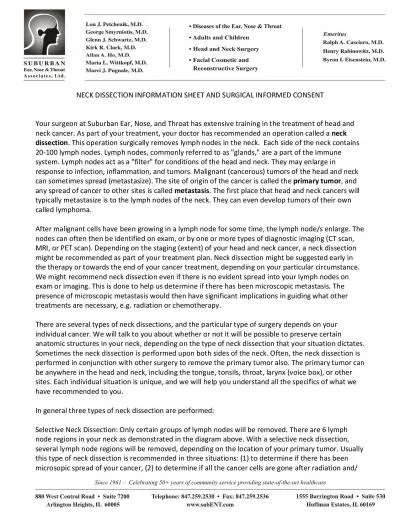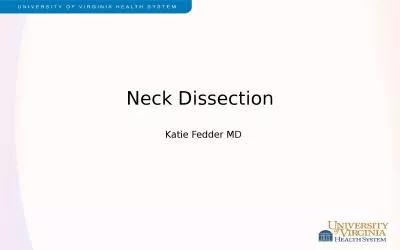PDF-NECK DISSECTION NODAL
Author : garcia | Published Date : 2022-09-05
STAGING CHERIE ANN NATHAN MD FACS JACK W POU ENDOWED PROF CHAIRMAN DIRECTOR HEAD NECK Feist Weiller Cancer Ctr DEPT OF OTOLARYNGOLOGYHNS LSU HEALTH SHV HISTORY 1906 George C
Presentation Embed Code
Download Presentation
Download Presentation The PPT/PDF document "NECK DISSECTION NODAL" is the property of its rightful owner. Permission is granted to download and print the materials on this website for personal, non-commercial use only, and to display it on your personal computer provided you do not modify the materials and that you retain all copyright notices contained in the materials. By downloading content from our website, you accept the terms of this agreement.
NECK DISSECTION NODAL: Transcript
Download Rules Of Document
"NECK DISSECTION NODAL"The content belongs to its owner. You may download and print it for personal use, without modification, and keep all copyright notices. By downloading, you agree to these terms.
Related Documents

